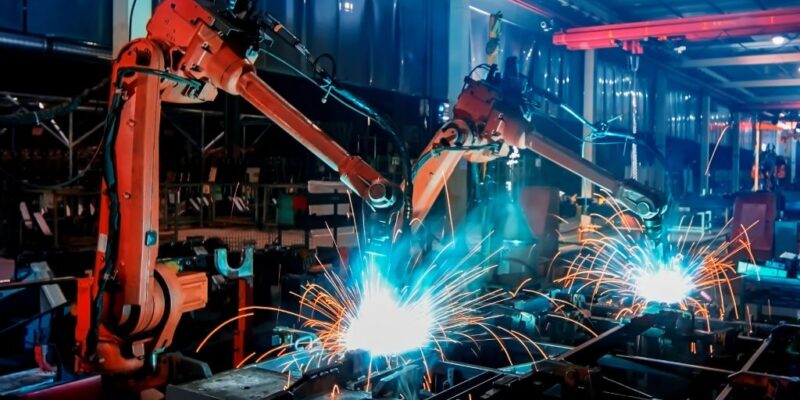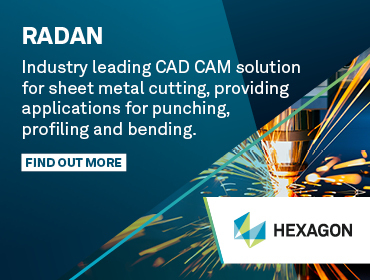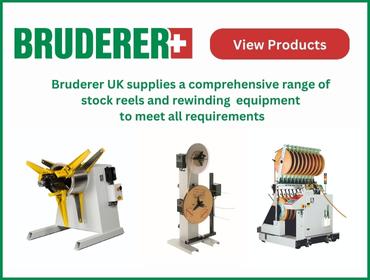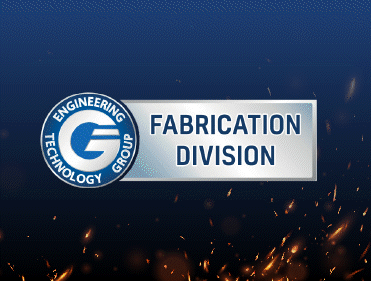
As we look ahead through 2025, the sheet metal fabrication industry is preparing for big changes in technology and sustainability, as well as the need to meet evolving customer demands. These emerging trends will shape the way businesses operate and compete in the years to come, from smarter automation to more sustainable practices.
Smart Robotics
Due to the continued shortage of skilled workers, more companies will turn to robotics to help fill the gap. It will also increase the precision these companies can offer their customers. Smart robotics will likely become the norm in sheet metal fabrication, with their ability to improve operational efficiency by allowing companies to perform real-time monitoring and make data-driven decisions easily.

Artificial Intelligence
AI (Artificial Intelligence) systems are designed to improve the quality of work and enhance automation. They can monitor the cutting, bending, and forming processes in real-time. Combined with AR (Augmented Reality) and VR (Virtual Reality), they are helping companies become more efficient—all without needing to be on-site. These technologies can help highlight potential mistakes or issues, reduce waste, and produce higher-quality parts. AI systems will make companies more efficient and minimise error costs.
AI can also predict machine maintenance, reducing workshop downtime and leading to better operations and lower maintenance costs.
In the manufacturing sector, we are seeing more and more companies adopt smart technologies as well as AI. This is leading to an increase in so-called “dark factories”, fully automated factories that don’t require people on-site to run. We are likely to see an increase in these during 2025.

Sustainability
In 2025, companies will adopt more sustainable manufacturing methods, such as using more energy-efficient equipment and incorporating recycling programs into their processes for scrap metal.
Adopting techniques like low-emission welding will become the standard to help meet regulations and attract sustainability-focused clients. As well as trying out more renewable energy sources such as wind and solar power to run the machinery.

Advanced Fabrication Technologies
CNC machining, laser cutting, and additive manufacturing will play a larger role within the fabrication sector. These methods enhance precision and customization while reducing waste.
3D printing and other additive manufacturing methods have come a long way in recent years, becoming more cost-effective and accurate than ever before. They allow for rapid prototyping and greater customisation of products, and they also enable businesses to quickly maintain and repair machines with limited downtime.

Customisation
As customer expectations evolve, the demand for personalised and custom-fabricated parts will increase. Businesses will need to offer tailored solutions to stay competitive. Advanced software will enable designers to create more complex and precise components, while rapid prototyping will shorten development times.

Supply Chain Resilience
The global supply chain has faced significant disruptions in recent years. In 2025, more companies will adopt localised supply chains and invest in in-house production capabilities to reduce reliance on external suppliers. This trend will strengthen operational stability and help businesses respond more effectively to market changes.
Manufacturers will use data to help improve the resilience of the supply chain. It will help them identify unknown supply chain efficiencies, allowing them to work to minimise disruptions and allow for traceability, allowing manufacturers to stay on top of everything easily.

Industry Collaboration
Partnerships between fabrication companies, technology providers, and material suppliers will become more common. Joint efforts will lead to the development of innovative solutions, driving growth and enabling companies to tackle complex projects more efficiently.
The sheet metal fabrication industry is set for a transformative year in 2025, driven by technological advancements, sustainability initiatives, and a focus on meeting evolving customer demands. Companies that embrace these trends will be well-positioned to thrive in a competitive market.














